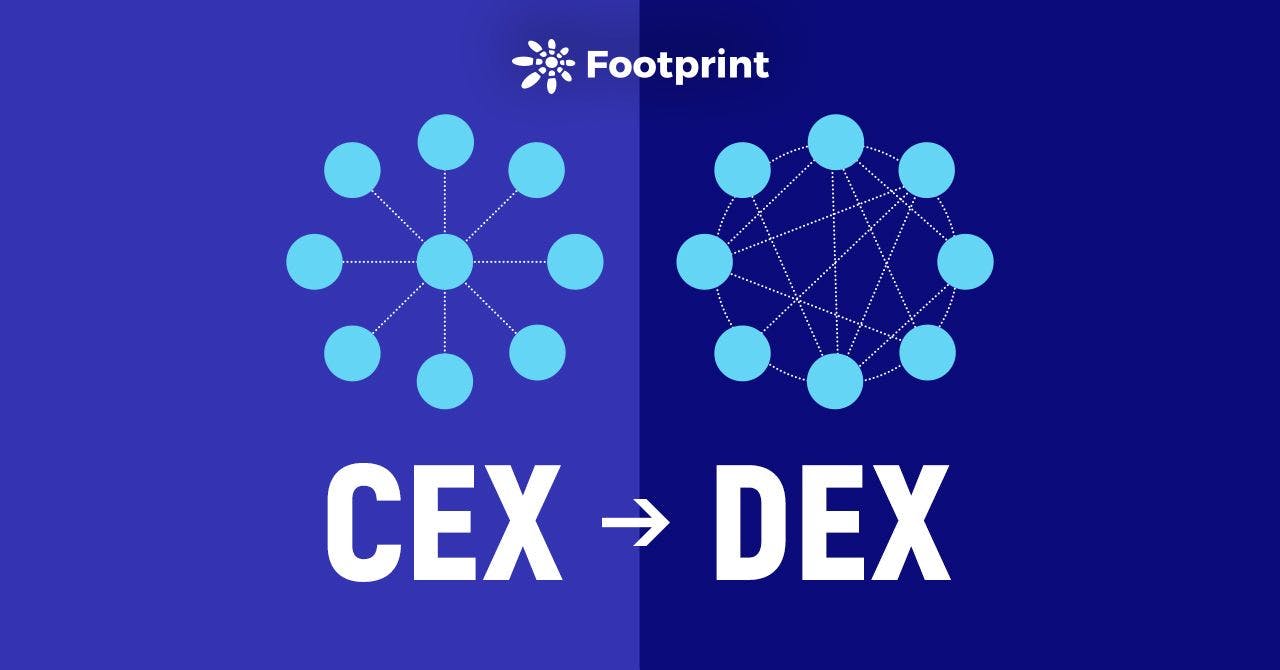639 reads
DEXs Are Winning Against CEXs By Reducing Slippage And GAS costs
by
December 19th, 2021
Audio Presented by
Footprint Analytics is an all-in-one analysis platform to visualize blockchain data and discover insights.
About Author
Footprint Analytics is an all-in-one analysis platform to visualize blockchain data and discover insights.
